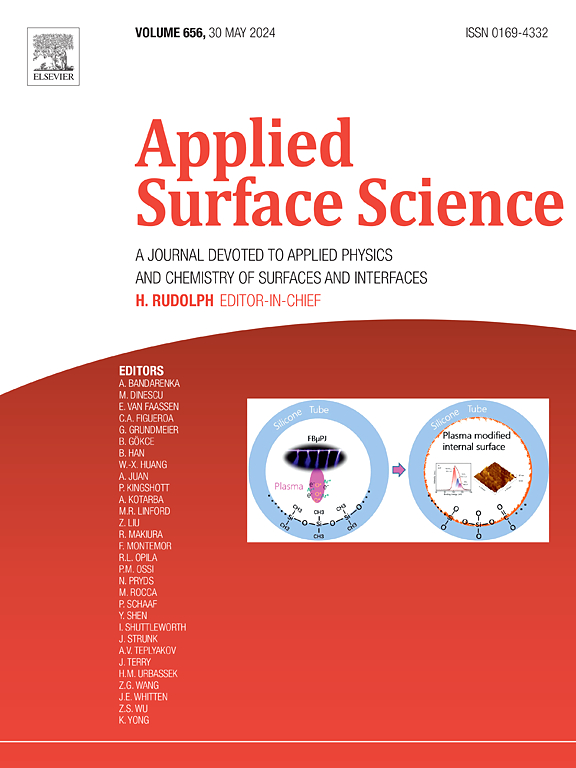Ultra-low hydrogen sulfide gas detection of metal-organic framework derived hollowed-out rod-shaped copper oxide nanostructures
IF 6.3
2区 材料科学
Q2 CHEMISTRY, PHYSICAL
引用次数: 0
Abstract
Highly selective detection of hydrogen sulfide (H2S) at low temperatures has broad applications in industries, agriculture, and the healthcare sector. However, the practical application of metal oxide semiconductor (MOS) resistive gas sensors is greatly limited by their inherent high operating temperature, low response, and low selectivity. To further enhance the detection performance of H2S gas, this study proposes and investigates an efficient hydrogen sulfide (H2S) gas sensor based on hollowed-out rod-shaped copper oxide (CuO) derived from metal-organic frameworks (MOF). The sensor material was synthesized using a solvothermal method to prepare the precursor copper terephthalate metal–organic frameworks (CuBDC) and then calcinated under high temperatures. The sensor prepared at 500 °C exhibits the most outstanding gas sensitivity, with a response as high as 330 (Rg/Ra) to 1 ppm H2S at room temperature (20 °C) and theoretical detection limits at the ppt level, excellent selectivity and stability. The gas sensing mechanism is briefly explained through an oxygen adsorption model. The research results underscore the potential application prospects of this sensor in H2S detection, providing a new direction for developing high-performance, low-cost, and highly efficient gas sensors.

金属有机框架衍生的空心棒状氧化铜纳米结构的超低硫化氢气体探测技术
低温下硫化氢(H2S)的高选择性检测在工业、农业和医疗保健领域有着广泛的应用。然而,金属氧化物半导体(MOS)电阻式气体传感器因其固有的高工作温度、低响应和低选择性而在实际应用中受到很大限制。为了进一步提高硫化氢(H2S)气体的检测性能,本研究提出并研究了一种基于金属有机框架(MOF)的空心棒状氧化铜(CuO)的高效硫化氢(H2S)气体传感器。该传感器材料采用溶热法合成前体对苯二甲酸铜金属有机框架(CuBDC),然后在高温下煅烧。在 500 °C 下制备的传感器具有最出色的气体灵敏度,在室温(20 °C )下对 1 ppm H2S 的响应高达 330 (Rg/Ra),理论检测限为 ppt 级,并具有出色的选择性和稳定性。通过氧吸附模型简要解释了气体传感机理。研究成果强调了该传感器在 H2S 检测中的潜在应用前景,为开发高性能、低成本和高效率的气体传感器提供了新的方向。
本文章由计算机程序翻译,如有差异,请以英文原文为准。
求助全文
约1分钟内获得全文
求助全文
来源期刊

Applied Surface Science
工程技术-材料科学:膜
CiteScore
12.50
自引率
7.50%
发文量
3393
审稿时长
67 days
期刊介绍:
Applied Surface Science covers topics contributing to a better understanding of surfaces, interfaces, nanostructures and their applications. The journal is concerned with scientific research on the atomic and molecular level of material properties determined with specific surface analytical techniques and/or computational methods, as well as the processing of such structures.
 求助内容:
求助内容: 应助结果提醒方式:
应助结果提醒方式:


